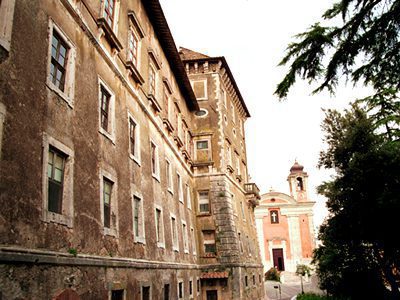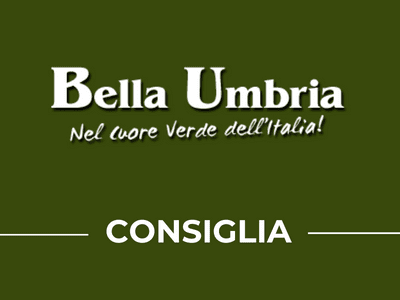▌ Discover Giove
#BELLAUMBRIA
The map of the village of Giove is not due to a presumed temple or cult of the God Giove (no temple has been found even if the cult of the divinity was very spread in all the Lazio region) but to the Latin word “jugum”, “vetta” between two valleys, that perfectly fits the geographic location of the village.
Of support to this theory, in the maps of the Middle Ages, it was called Juvo or Jugo: one can see for example a document dating back to August 8th 1191 cited by Luciano Canonici in his book “Alviano / A rock – a family – a population” (Editions Porziuncola). The etymology that would want that the actual name comes from a presumed Jovis (Giove) can just be connected to a simple popular tradition. During the Roman era the center acquires a great importance thanks to the fluvial port of Saint Valentino, on the Tevere river and consequently the archeological discoveries from that time are frequent, from coins to tombs and ruins of Roman villa. Like the other close by lands, Giove was disputed between the noble families of the area and the Pope, up to the seigneurial era, when the Pope gave Giove to the family of the Anguillara. In 1465 the Amerini family took the castle, giving it to Paolo II Farnese.
In the seigneury of the Farnese family enters, during the XVIth century, the one of the Mattei family that orders the building of a part of the imposing palace having a squared design. About the beauties of the village, the most famous and interesting it without any doubt the Duke Palace, unique for the internal stairs where the coaches could enter up to the noble floor. The beginning of the building is due to the willing of the Duke Ciriaco Mattei, during the XVIth century, to transform in a private residence of representation an antique small fort. The internal part is enriched of the painting interventions with mythological and biblical subjects made respectively by artists such as Domenichino, Alfani and Paolo Veronesi. You should also see the Parochial Church, dating back to the baroque era, which front is surrounded by two symmetrical bells. The historic center is a classical example of a Medieval plan: big series of small streets crossing each other inside the area demarcated by the Medieval walls and characterized by a superposition of arches, stairs and buttresses. On the entrance door of the village there is the monogram of Saint Bernardino, who during his apostolate evangelized these lands in the first years of the XVth century.


